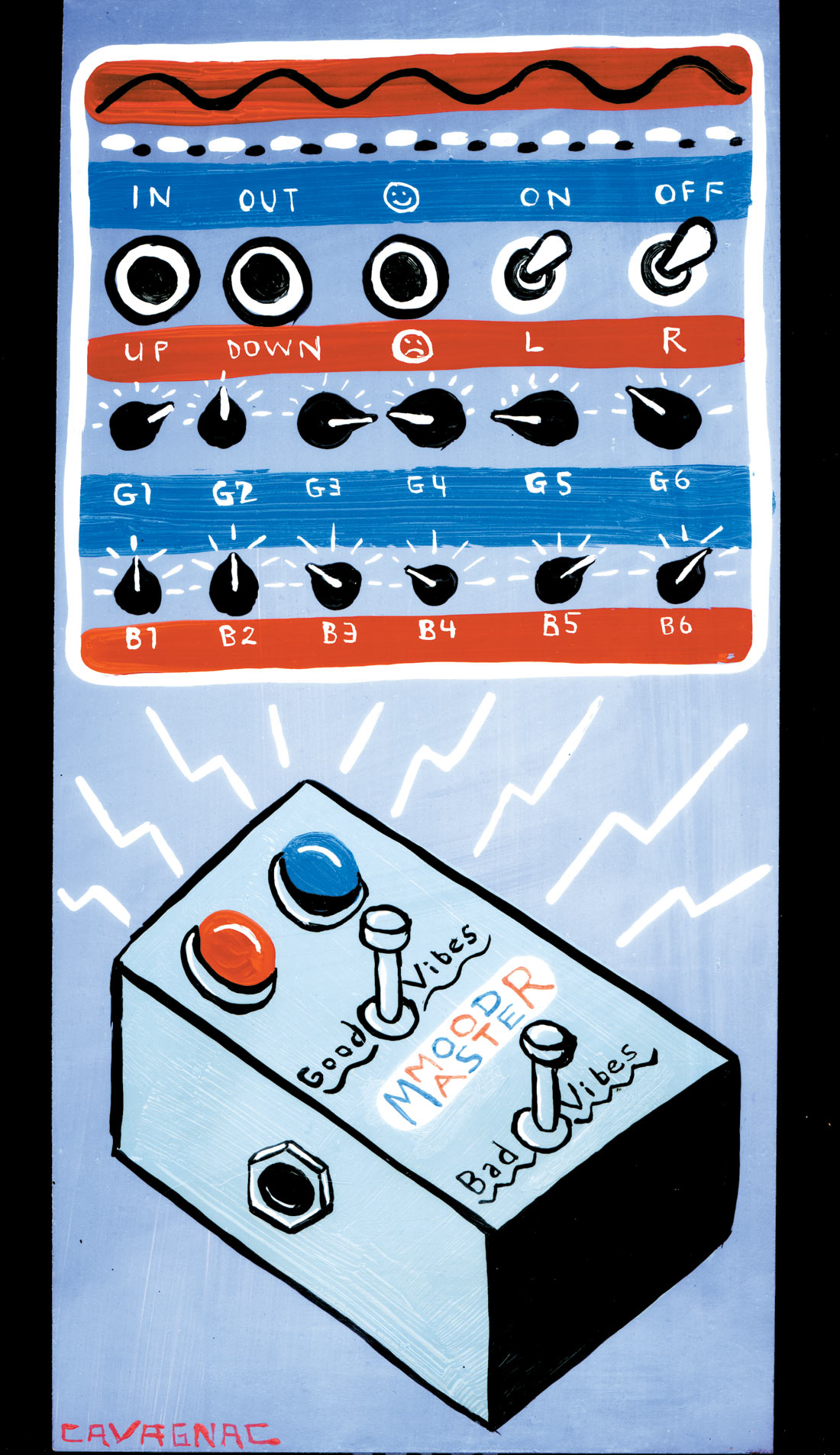Before we move my studio to its new location this winter, I've been scouring the control room looking for gear that doesn't get much use and making plans to sell or put the units aside for rental use. One of the factors that might consign a piece of gear to this doom is what I think of as the "usability factor". Is this gear easy to use, quick to figure out and set up, and does it deliver consistently good results? If so, it gets high marks.
PreSonus paired up with the famed tube-guru, Anthony DeMaria (Labs, or ADL), who designed a tube preamp that PreSonus manufactures. A great idea, as it allows PreSonus to enter the higher-end mic preamp market and ADL to have the manufacturing power of PreSonus.
The front panel of this two-channel unit is laid out well-big switches with blue LEDs for phantom power, polarity, high-pass filter (three settings), and -20 dB pad. The main gain knob has eight steps, and there's a +/-10 dB trim for output. An input selector chooses instrument (front-panel DI), line, or mic with four impedance settings. The knobs have a dry, tactile feel, and settings can easily be seen from across the room. Inside there are three tubes per channel in a Class A configuration offering 73 dB of gain and transformers on the I/O. Good.
Upon receiving the ADL 600 for review, the first thing I noticed while using it in sessions was that it scored high in the "usability factor"; I could dial in settings quickly, and it sounded great. Why? Set the trim to unity, click the gain up until the level is good (you have a fast LED peak meter and a VU to read-bonus points); if the level is too high, kick in the pad, and start over. If you are using a "normal" mic, the unit is clearly labeled that 1500 Ohms is the main setting-no guesswork. If you have a ribbon mic or such, try the different settings. (I liked 300 Ohms on a Royer R-121 with acoustic guitar.) I guess I've had a few preamps lately where a trip to the manual was in order during use, which seems weird to a seasoned engineer, and also a number of units without pads, which drives me nuts. Okay, easy to use-great.
Does it sound good? Yup. On the aforementioned acoustic guitar, it sounded great with the Royer as well as with a BLUE Bluebird on a Nashville-strung guitar. In fact, in this case, we had tried a vintage API channel initially, and the ADL 600 was much clearer, brighter and less boomy- and worked like magic in the tracks. I used the ADL 600 with SM81 and KM 184 overhead mics on drums with great results; transients seemed clear, without smear, and cymbals never got too abrasive. On upright piano, I tried a pair of Audix SCX25s around the back and was wondering about the tone. I switched out to a rare Hamptone Silverbox 4 tube preamp (see review this issue) and did some comparing; here it seemed that the ADL 600 wasn't pulling some of the same sounds out of the source that the Silverbox was. I detected a bit more detail that seemed hidden on the ADL 600, but this was the only case where it seemed so.
One unusual feature of the ADL 600 is the line-input XLRs on the back. You can actually send line-level sources through it-something handy in these digital years. I tried running finished mixes through the ADL, and it did change the sound a bit, adding a sort of air to the top of the mix and bringing out certain elements. It seemed drum overheads gained some pleasant harmonics in the top end, yet an overly compressed lead vocal gained some annoying edge to it. On individual tracks it seemed to do the same; pushing the gain and pulling back the trim added some slight grit to signals but never sounding fuzzy. I could imagine using this to change tracks recorded into a DAW previously, and especially to mix through if mixing in the box in lieu of (or in addition to) a compressor.
I've used the ADL 600 on vocal takes, group background vocals, bass amps, bass DI (where it excelled beyond many built-in DIs), and many other tracks during sessions. Most every time, the ADL 600 held its own against comparably and higher priced preamps and was a breeze to set up but with a few handy options. In fact, I ended up using it a lot more on sessions than many units I've reviewed in the past; that should say a bit. I'm curious to see what ADL and PreSonus deliver next. ($2299 MSRP; www.presonus.com)




_disp_horizontal_bw.jpg)